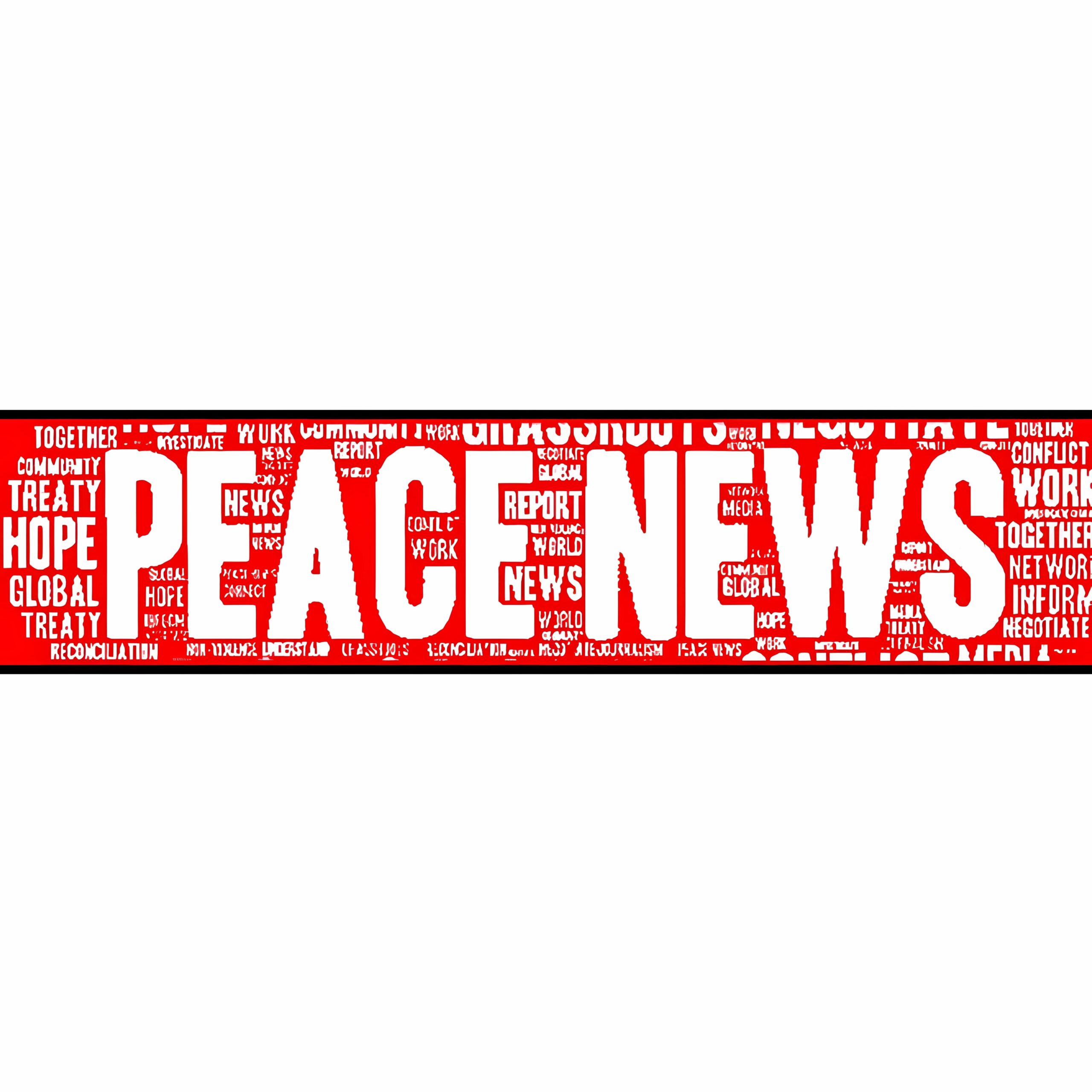My name is Magdalena Nandege. I am 23 years old and from South Sudan. I come from Homiri, a village in Budi county. It has a population of about 150,000 people, most of them agro-pastoralists − like my mother, who is a farmer. The county has two secondary schools and eleven primary schools, none of which have access to electricity. Only fifteen per cent of the population is literate.
I am currently training to become a midwife at the Health Science Institute of Torit, the capital city of Imotong state. We are now twenty-four students, down from an original group of thirty-seven – some students stopped coming because of the lack of security, poverty and inadequate transportation. I chose this career because I believe it is important to take care of women.
This belief also led me to enroll in the Youth Peacemaker Network (YPN) of the Whitaker Peace and Development Initiative (WPDI). I joined the YPN in 2014 after hearing about it from the Eastern Equatoria Youth Union, of which I was secretary for gender and social welfare.
Through this program, I have acquired skills to promote peace within myself and the youth in our community – through conflict management, mediation, Information and Communications Technology (ICT), meditation and entrepreneurship. The program has also helped me acquire confidence by using my artistic talent for a just cause. Drama and stories are very important to convey messages. As a peacemaker, I often train people or engage in community dialogues. I have noticed that when problems are really hard, it is easier to use art, to use words that people understand, because people are able to differentiate between good and wrong through art.
Recently, I have made a short movie on gender-based violence, Magda and Boniface – Forced Marriages, with a group of friends and colleagues from YPN. We used a tablet provided by WPDI to make the film because we could not afford to buy a camera. A fictionalized version of situations that take place in our communities, the film was shot in English, and also in Toposa, Juba Arabic, and Arabic – everyone used their own language.
Through my studies and training with WPDI, UNESCO and UN Women, I have acquired skills in peace-building, conflict management, mediation, meditation, business skills, and the fight against gender-based violence. I have learned a lot about peace and human rights. But this needs to be translated in the languages that people speak at home − it must talk to their hearts.
I think that art can do a lot for peace in South Sudan, so much more than long speeches. It can show positive characters that people can identify with, inviting them to practice peace and sustainable development. We need more art in South Sudan so we can have more peace.
Source: The UNESCO Courier, Image by WPDI.








